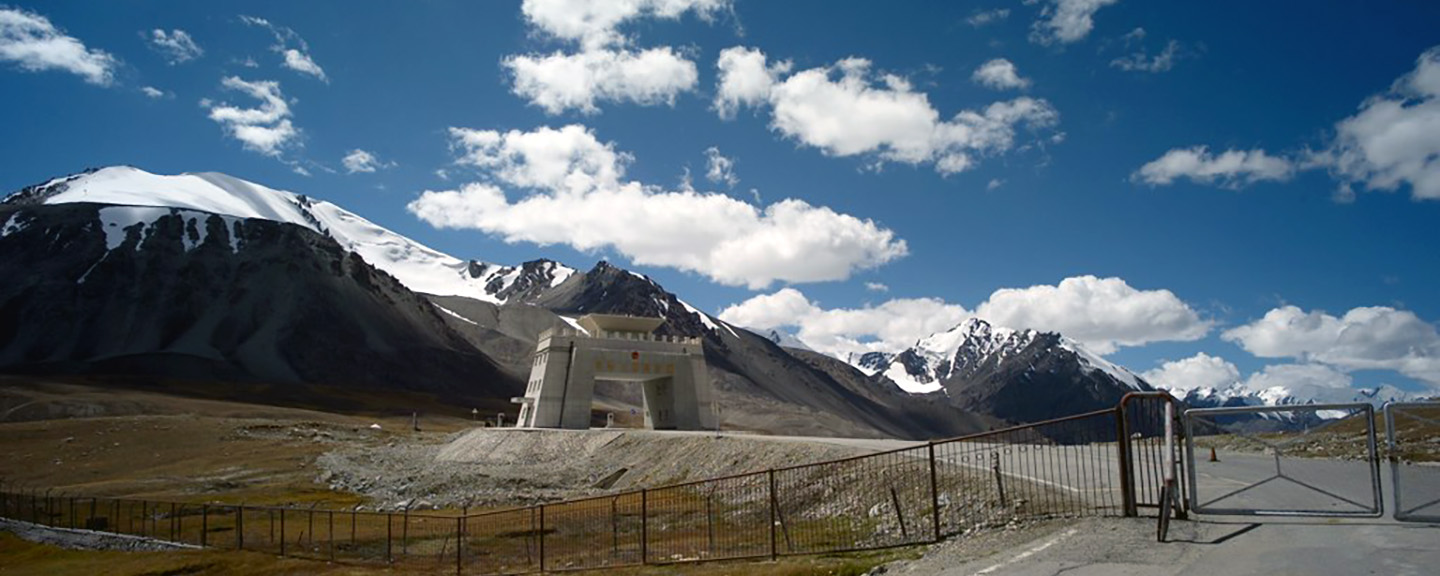Between 1991 and 2014 successive Afghan governments tried the ‘China Card’ for two reasons: (1) to seek Beijing’s assistance in mediating between Afghanistan and Pakistan; and (2) to incline China towards persuading the Pakistanis to encourage the anti-government insurgents to engage in peace talks with the Afghan government. Before the formation of the National Unity Government (NUG, 2014-19) there were, in fact, at least four attempts of this, but all to no avail.
The NUG was no exception either, reaching out to China with the same objectives but with better luck. China began to engage and even in 2020, a year before the fall of Kabul, Afghanistan’s acting Foreign Minister encouraged China once again ‘to work with regional countries’ and ‘urge the Taliban’ to accept an early agreement with the government. Kabul hoped that China would ‘continue to assist’ Afghanistan ‘in improving’ Afghan-Pakistani ties.
In the post-2014 period, China responded to Afghan requests by using different forms of engagement. However, this was not the first time that China had intervened in a conflict abroad. Based on one estimate, China’s mediatory involvement in foreign conflicts had increased since the ambitious Belt and Road Initiative (BRI) in 2013. The Chinese debated about the need for such a change in the country’s foreign policy. Several influential academics had recommended doctrines for a more proactive engagement, such as Creative Involvement and Constructive Involvement, both contrary to the principle of ‘non-interference’. With the BRI and substantial foreign direct investments abroad, Chinese interests went beyond their geographical boundaries for the first time. And that in the chaotic and conflicted regions of South Asia and the Middle East. Protecting these interests required a dynamic and innovative foreign policy. Mediating in the Afghan conflict is one instance of this broader change.
The form of Chinese mediation in Afghanistan
China’s mediation in the Afghan conflict focused on two actions: (1) improving the good-neighbourly relations between Kabul and Islamabad; and (2) facilitating a negotiated and peaceful settlement between the Taliban and the Afghan government.
To achieve this, between 2014 and 2020 China deployed various mediation tools in the Afghan conflict. First, in 2014 it appointed a special envoy to Afghanistan, having appointed several such envoys since then. This is a good instance of China’s heightened interest and engagement in the Afghan conflict. Secondly, it hosted both Afghan Government and Taliban representatives in 2015, engaging them in the Urumqi peace talks. However, the talks failed when the Taliban rejected them after being endorsed by their leader. Thus, the Taliban who actually took part in the talks proved to be either isolated individuals or representatives with a minimal control over the group.
Third, China employed shuttle diplomacy and a trilateral dialogue mechanism. In 2017, after the worst border clashes in years, China tried to defuse tensions between Kabul and Islamabad via its Foreign Minister Wang Yi’s shuttle diplomacy. This led to a bilateral crisis-management mechanism between Afghanistan and Pakistan and to a trilateral Foreign-Minister dialogue between China, Afghanistan and Pakistan. Ultimately, Chinese mediation paved the way for the Afghanistan-Pakistan Action Plan for Peace and Solidarity (PAPAS) in 2018.
Fourth, the Chinese took an active part in the Quadrilateral Cooperation Group (QCG) talks. In 2015 and 2016 Afghan peace talks were again high on the international agenda with these meetings between China, the US, Pakistan and Afghanistan. The third meeting discussed and finalised the Afghan peace road map, including an agreement to use force against irreconcilable groups. Finally, China engaged directly with the Afghan Taliban themselves. Delegations of the latter visited China in 2015, 2016, 2018 and 2019. Furthermore, Chinese officials also met Taliban representatives in Qatar several times between 2015 and 2021. These initiatives were undergone with the Afghan government’s consent, as it hoped to pave the way for specific and direct talks with the Taliban.
Why did China mediate in the Afghan Conflict?
China’s interests in Afghanistan need to be analysed through the prism of security. During the 1990s and later in the post-2001 era, Beijing had significant concerns about Xinjiang and the Uyghurs’ nexus with the Afghan and international extremist groups in Afghanistan. Hence, the prime motivation for its engagement was the presence of foreign fighters, such as the Uyghurs and individuals affiliated with Islamic State and al-Qaeda. In fact, all of the latter had engaged in anti-Chinese activities, through both propaganda and action.
With a US withdrawal on the cards, Beijing played a proactive diplomatic role that was contrary to its policies. It felt that a power vacuum would result and that it would impact not only on the security situation in Xinjiang but also on China’s regional ambitious economic plans, in particular the BRI and the China-Pakistan Economic Corridor (CPEC). In this regard, the Chinese believed that Afghanistan could become a ‘key’ or a ‘lock’ that could either open or close the doors for regional connectivity. It is no surprise that one of the features of China’s Afghan policy was also peace between Afghanistan and Pakistan.
Why did China’s initiatives fail?
Since 2014 the Chinese role in the Afghan peace process has failed, as have all other peace initiatives save the Doha process. There have been several reasons for this.
First, the Taliban, an essential party in the conflict, had never accepted Chinese mediation, contrary to the Kabul and Islamabad governments. They were more interested in talking directly with the US than with the Afghan government. They believed that the latter was a ‘puppet’ of the US and could thus not decide on US withdrawal, the release of prisoners or the withdrawal of UN sanctions. Hence, talking with China was useless. One of the articles published on a Taliban website questioned Chinese mediation with the same line of reasoning, ‘If China truly wants to… [be] a mediator [between Kabul and Taliban], can it… assure us that America… will abide by the decisions…?’. Besides, according to the Taliban, direct meetings with the Afghan Government would solely lead to their ‘recognition’. At meetings in Doha and Moscow, where the Taliban talked with representatives of the Afghan Government, they reiterated that they were meeting individuals not representatives of a ‘government’. At the meetings there were no serious negotiations and the only result were the issuing of vague statements.
Secondly, Chinese mediation was more about ‘good offices’ and facilitation, never going beyond that. Though it announced US$70 million in military assistance to the Afghan Government (in non-lethal equipment), it never tried to press Pakistan strongly despite having engaged over US$62 billion in investments in the CPEC in Pakistan. Undoubtedly, China had the capacity to exert pressure, but not the will to do so.
Third, the Afghan-Pakistan-Taliban triangle and the Sino-Pakistan nexus have been significant factors. As Michael Brecher puts it, history, territory and ethnicity have an influence on Afghan-Pakistani ties. Since Pakistani independence, Afghanistan had never recognised the Durand line between the two countries as an international border. From the start, the two countries had supported the anti-governmental parties of each other. The emergence of the Afghan Mujahideen and Afghan Taliban further jeopardised the relations between the two states. Afghanistan always claimed that Pakistan was using these groups as a strategic tool against its sovereignty, while Pakistan blamed Afghanistan, in concert with India’s intelligence agency (the Research and Analysis Wing, RAW), for trying to destabilise it.
China, on the other hand, had minimum contacts and bilateral ties with Kabul compared with its relation with Islamabad, the so called China-Pakistan axis. Moreover, both China and the Taliban had much stronger relationships with Pakistani stakeholders, including Pakistan’s inter-services intelligence, than between them, to the extent that China never had an independent Afghan policy separate from Pakistan’s. This key factor was a worrying sign for the Afghan government as it realised that such a strong partnership would never allow Beijing to move against Pakistani interests in Afghanistan. For Kabul, it meant the main problem between Kabul and Islamabad, which was Pakistan’s cross-border support for the insurgent Taliban, had to become the forbidden fruit during China’s mediation.
Image: Pakistan-China border. Photo: Banalities (CC BY 2.0)



